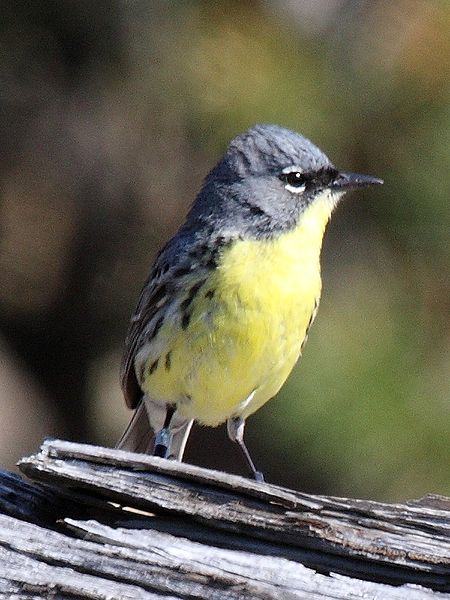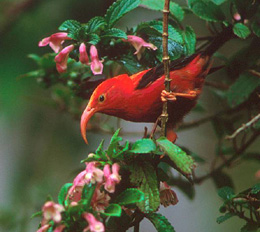 US Secretary of the Interior Ken Salazar recently released the 2011 State of the Birds Report. For the first time, the report focused on the role that publicly owned lands (i.e. federal parks) play in the natural history and conservation of native birds. The report was spurred by the US North American Bird Conservation Initiative, and represents the efforts of numerous groups, including the National Audubon Society, the US Fish and Wildlife Service, and the Cornell Lab of Ornithology. Both “citizen scientists” (please see article below) and professional biologists played important role in data collection.
US Secretary of the Interior Ken Salazar recently released the 2011 State of the Birds Report. For the first time, the report focused on the role that publicly owned lands (i.e. federal parks) play in the natural history and conservation of native birds. The report was spurred by the US North American Bird Conservation Initiative, and represents the efforts of numerous groups, including the National Audubon Society, the US Fish and Wildlife Service, and the Cornell Lab of Ornithology. Both “citizen scientists” (please see article below) and professional biologists played important role in data collection.
Overview
Over 1,000 bird species inhabit the USA, 251 of which are considered by the federal government to be threatened, endangered or of conservation concern (others are in trouble within certain states, but not throughout their entire ranges).
Publically owned lands were found to be vital to the survival of many birds….in fact, over 300 species are found mainly on federal land (i.e. over ½ of their ranges lie within such areas). Since these areas can (in theory!) be managed in a way that will help threatened species, public lands present a significant conservation opportunity. For some birds, such as the critically endangered Kirtland’s Warbler, they represent the last chance for survival…97% of its US distribution lies in publically-owned forests.
Following is a summary of the status of birds in various habitats. The full report is linked below.
Wetlands
Federal wetlands were used to exemplify what can be accomplished with proper management. Populations of 39 species that spend much time in such habitats have rebounded 100% in recent years. All 39 are game birds that are hunted, so perhaps licensing fees and such are being put to good use…
Grasslands
Grasslands are on the other end of the spectrum from wetlands, with only 13% in public hands. Many birds that rely upon grasslands and prairies are declining faster than those in other habitats…a full 48% are considered to be of conservation concern, and 4 species are endangered.

Islands
Birds on Hawaii are in greater danger of extinction than anywhere else in the USA. The majority of the islands’ declining forest birds rely upon public lands, with 4 endangered species being found nowhere else.
Arid Lands/Deserts
More than one half of the USA’s arid habitats are publically owned. Seventy-five species native to such areas are in decline, and 39% of the country’s arid-adapted birds are of conservation concern.
Forests
The largest bocks of intact forests in the USA are publically owned. Fragmentation, or the breaking of a large habitat into small, unconnected portions, is a major threat to the survival of forest dwellers.
Arctic Habitats and Alpine Forests
Ninety percent of the USA’s avian arctic-dwellers rely heavily upon public land (there is more publically-owned land in Alaska than in the rest of the country combined). Thirty four threatened shorebirds nest on the Alaskan tundra.
While the news is far from perfect, it is important to note the immense potential offered by publically-owned lands. This is an area where everyone can help. Please consider participating in volunteer bird counts (see below), and be sure to keep abreast of issues affecting wildlife on public land. The Center for Biological Diversity’s updates offer an excellent means of staying informed.
Further Reading
State of the Birds 2011 (full text)
How Birders can Participate in Conservation Efforts
The Cornell Lab of Ornithology
Kirtland’s Warbler image referenced from wikipedia and originally posted by Dominic Sherony
Elf Owl image referenced from wikipedia and originally posted by Hayford Peirce
Iiwi image referenced from wikipedia and originally posted by Jack Jeffery/USFWS
 That Bird Blog – Bird Care and History for Pet Birds
That Bird Blog – Bird Care and History for Pet Birds




